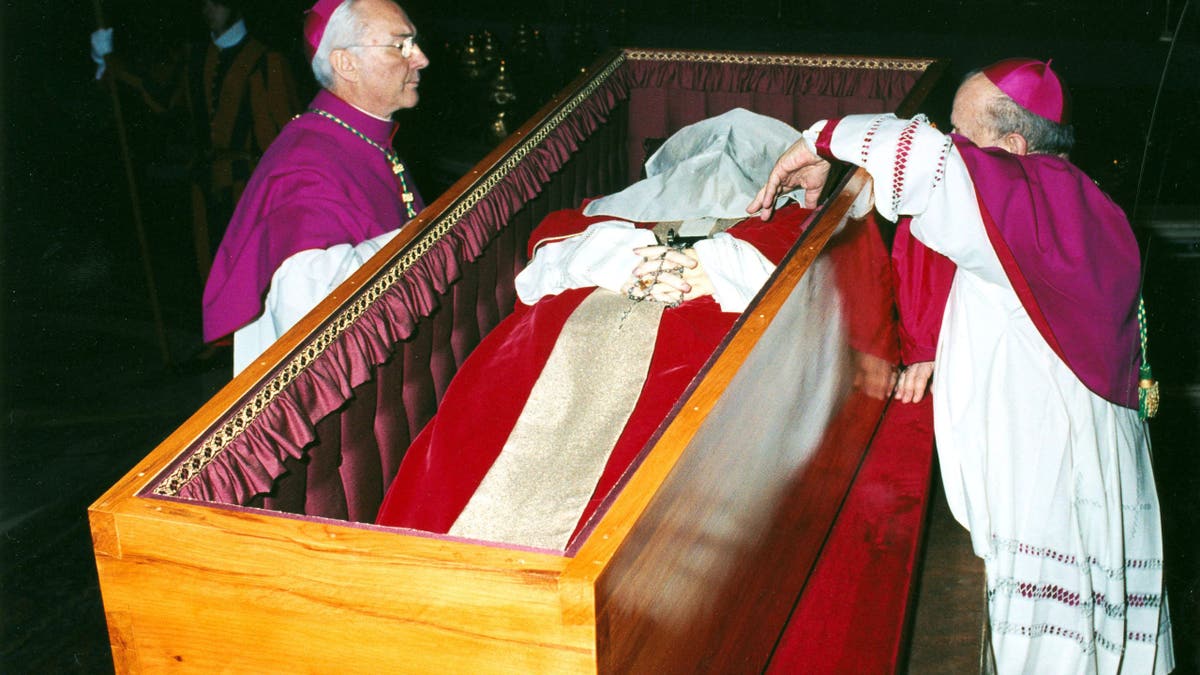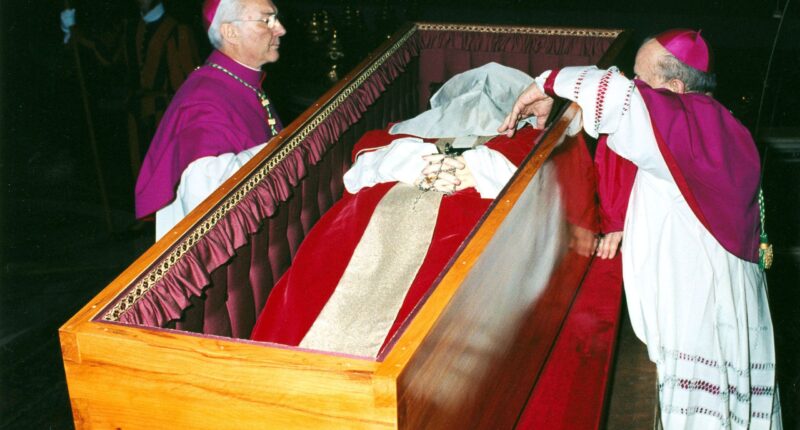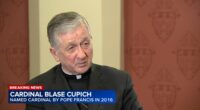The upcoming funeral for Pope Francis will blend long-standing traditions with modern updates, following changes made by the pope to the Catholic Church’s papal funeral customs.
Francis died Monday at age 88, the Vatican announced.
While many traditional elements of papal funerals with roots tracing back to ancient Rome will be retained, certain aspects such as the design of Francis’ coffin, the process of confirming his passing, the choice of burial site, and how he will be honored and mentioned during the service will deviate from historical practices.
Francis, who had been grappling with pneumonia and had recently been discharged from the hospital to make an appearance on Easter Sunday, had been contending with health issues for an extended period, including undergoing surgery to remove part of one of his lungs when he was younger.
Another notable change includes how the pope will be referenced during the ceremony following his death. Rather than being referenced by past titles he has obtained as a clergy leader in the Catholic Church, officials will mostly use Latin terms for “pope,” “bishop,” or “pastor.”

Archbishop Stanislaw Dsiwisz (Right) places a white veil over the face of late Pope John Paul II as Archbishop Piero Marini looks on, prior to closing the coffin for burial in the grottos beneath St. Peter’s Basilica April 8, 2005 at the Vatican. The grottoes form a cramped underground cemetery beneath St. Peter’s Basilica where pontiffs throughout the ages, royals and even an emperor have been laid to rest. (Photo by Osservatore Romano-Pool/Getty Images)
Archbishop Ravelli said during a 2024 presentation of the revised papal funeral rights that a new edition was reflective of Francis’ view, stated on several occasions Ravelli said, “of the need to simplify and adapt certain rites so that the celebration of the funeral of the Bishop of Rome may better express the faith of the Church in the Risen Christ.”
Before the new edition of the papal rites was formally passed, the church followed the guidelines in the “Ordo Exsequiarum Romani Pontificis” approved in 1998 by Saint John Paul II and published two years later, according to The National Catholic Register.
Those guidelines were used for Pope John Paul II’s 2005 funeral, but was modified to meet the unusual circumstances of Pope Benedict XVI’s passing.

















